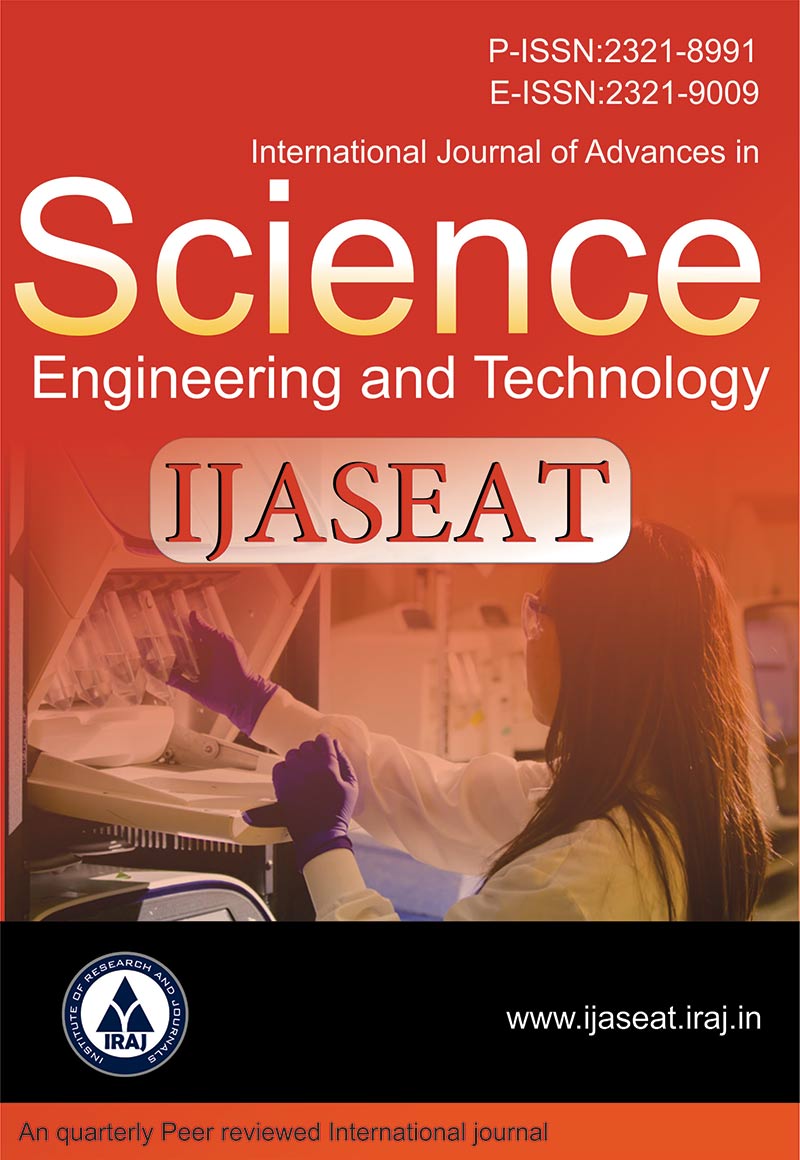Publish In |
International Journal of Advances in Science, Engineering and Technology(IJASEAT)-IJASEAT |
 Journal Home Volume Issue |
||||||||
Issue |
Volume-5, Issue-3, Spl. Iss-2 ( Sep, 2017 ) | |||||||||
Paper Title |
Invasive Species Mikania Micrantha an Environmental Threat, its Control with Reference to ERI Silk Worm | |||||||||
Author Name |
Mainu Devi | |||||||||
Affilition |
Department of Zoology, Diphu Govt. College Affiliation : Assam University, silchar, Assam, India | |||||||||
Pages |
7-10 | |||||||||
Abstract |
Biological invasion is one of the three most difficult environmental problem in the world. The control of invasive species is one of the most urgent challenges in ecology today. Mikania micrantha kunth ex H.B.K. is one of the 100 world’s worst alien species and pose a serious threat to biodiversity and ecosystem. Mikania has been shown to have allelopathic properties that can inhibit the growth of plants. Mechanical control method of Mikania are labour intensive, expensive and not effective in longer term. Efforts has been made to use biological control mechanism to sustainably manage Mikania. According to the information provided by the Silk worm rearers Mikania micrantha is used by a sizable Eri Silk rearers in Karbi Anglong District of Assam, India for want of host plants , particularly at the latter larval stages when the larva starts to eat voraciously. In this paper the nutrient contents of Mikania micrantha and the impact of feeding Mikania micranhta and Ricinus communis ( The primary food plant) on silk quality parameter (denier, tenacity, elongation at break and defective cocoon) of eri silk worm, Samia ricini Donovan have been investigated. Significantly finer denier (1.786±0.070), higher breaking strength or tenacity (3.590±0.150) and lower percentage of elongation at break (24.029±1.557) were recorded in the larvae fed with Mikania leave from III instar till maturity. No defective cocoons were recorded in any case under the laboratory condition conducted under investigation. The equality parameters in Mikania micrantha and Ricinus communis examined by student t- test subscribes the view that moisture (70.90%), ash (12.54%),Calcium (1.63%), and phosphorus (0.57), are significantly higher in Mikania micrantha while the percentage of nitrogen (3.64%), crude protein (22.86%), and crude carbohydrate (33.27%) on dry weight basis in Mikania micrantha did not differ significantly with Ricinus communis (nitrogen : 3.66% ; protein : 22.85% and carbohydrate: 34.30%). Thus Mikania micrantha a commonly available weed all over can be commercially exploited for better growth, development and silk yield of Samia ricini Donovan. Exploitation of Mikania micrantha to this end would also help in controlling its spread to new regions and conserve biodiversity. Key Words: Mikania micrantha, Invasive species, Biodiversity, Biological control, Samia ricini. | |||||||||
| View Paper | ||||||||||